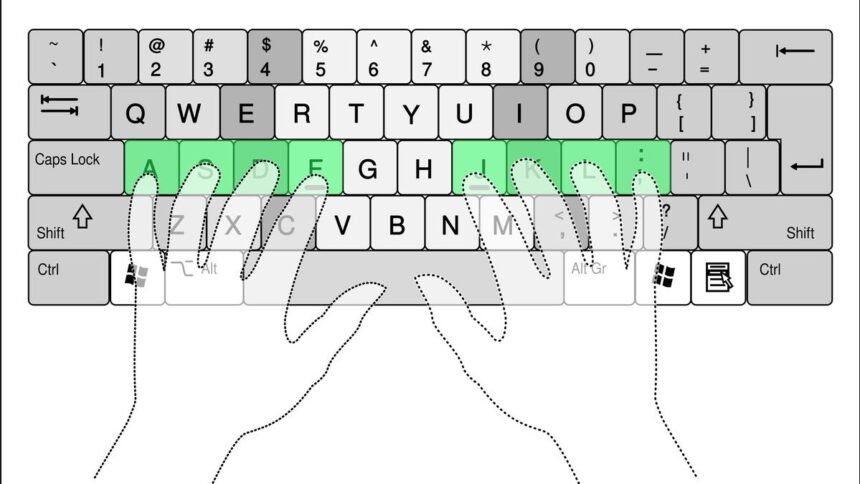QWERTY Layout: Civilization’s Quest for Mechanical Peace
In today’s technological age, the arrangement of keys on our keyboards, whether for desktop PCs or smartphones, has now firmly settled into familiar QWERTY formats. However, few may realize that this setup was not the initial choice when the mechanical typewriter was first invented in the 19th century.
The Birth of QWERTY Layout
The emergence of the QWERTY layout traces back to the mechanical typewriter’s invention. In the early 1870s, in the United States, an inventor named Christopher Latham Sholes worked alongside his colleagues to develop the first practical typewriter. Early designs prioritized alphabetical order, making them relatively user-friendly for beginners, who could easily traverse the alphabet without special training.
The Mechanical Challenge
However, as typewriters gained widespread usage, a critical issue surfaced: key jamming. The mechanical arms of early typewriters, which struck inked ribbons to imprint letters onto paper, would collide due to rapid typing—creating jams that hampered the entire operation. The significance of this flaw was not to speed up typing but to slow it down just enough to minimize mechanical conflicts.
Inventing QWERTY
To combat jamming, Sholes and his team engineered a keyboard that arranged the commonly used letters farther apart. By separating frequent pairs such as "T" and "H," or "C" and "K," they allowed typists to input letters more safely without accidental collisions.
Adoption and Dominance
Remington, a large typewriter manufacturer, adopted the QWERTY layout, and as typing schools and businesses trained typists on it, it swiftly became a standard. The widespread adoption created a network effect, rendering any attempt to switch back challenging.
Alternatives and Dvorak
In the 1930s, the Dvorak Simplified Keyboard was introduced, designed for speed, efficiency, and ergonomics. Despite its potential benefits, it has struggled to gain traction: the primary reason being the unwillingness to change against a solid network of QWERTY keyboard users.
When QWERTY Stays
Despite efficiency concerns, the QWERTY keyboard persists as the global norm—its lasting supremacy anchored in simplicity and widespread adherence.
Innovation’s Legacy
Understanding the QWERTY layout also underscores that, historically, not all system designs are the most efficient. A typewriter, for instance, could have been made in a way that’s now impractical or less ergonomic. Modern conveniences often emerge from practical needs that resist innovation.
Challenge Time
Now, with the context of QWERTY history at hand, take a moment to test your skills. Try typing "The quick brown fox jumps over the lazy dog" with your eyes closed. Learn to mirror muscle memories cultivated since childhood and challenge average speeds. Who knows—they might surprise you with remarkable accuracy.
Conclusion
The QWERTY layout is a poignant illustration of how habits and practicality can often prioritize utility over efficiency. This enduring legacy serves as a potent reminder of the history that underpins modern conventions.








